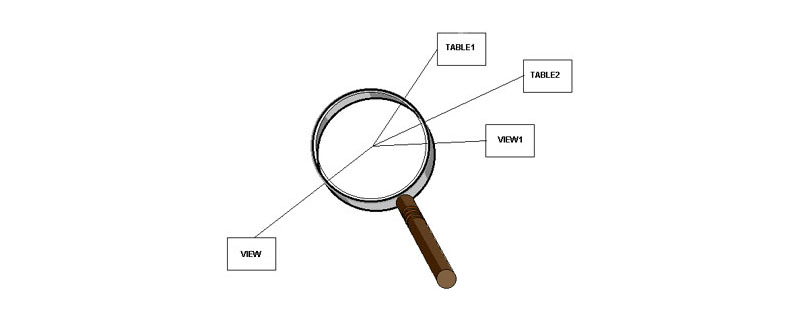这篇文章将详细介绍c语言如何延迟代码执行若干秒。小编认为这非常实用,因此与大家分享,希望大家阅读后能有所收获。
c语言中延迟代码执行若干秒的方法
在C语言中,有多种方式可以实现代码执行的延迟:
1. 使用sleep()函数
sleep()函数是C标准库的一部分,用于暂停进程执行指定的秒数。其函数原型如下:
立即学习“C语言免费学习笔记(深入)”;
#include <unistd.h> unsigned int sleep(unsigned int seconds);</unistd.h>
其中,seconds参数指定暂停的秒数。该函数返回实际暂停的秒数,通常与指定值一致。
示例:
#include <unistd.h> int main() { sleep(5); // 暂停执行5秒 return 0; }</unistd.h>
2. 使用usleep()函数
usleep()函数用于暂停进程执行,但以微秒为单位指定暂停时间。其函数原型如下:
#include <unistd.h> int usleep(useconds_t microseconds);</unistd.h>
microseconds参数指定暂停的微秒数。该函数返回0表示成功,返回-1表示出错。
示例:
#include <unistd.h> int main() { usleep(5000000); // 暂停执行5秒(500万微秒) return 0; }</unistd.h>
3. 使用nanosleep()函数
nanosleep()函数提供了比usleep()函数更精细的暂停控制,允许指定暂停的时长和精度。其函数原型如下:
#include <time.h> int nanosleep(const struct timespec *req, struct timespec *rem);</time.h>
req参数指定要暂停的时长和精度,rem参数(可选)用于存储剩余的暂停时长。
示例:
#include <time.h> int main() { struct timespec ts; ts.tv_sec = 5; // 秒数 ts.tv_nsec = 0; // 纳秒数 nanosleep(&ts, NULL); // 暂停执行5秒 return 0; }</time.h>
4. 使用select()函数
select()函数可以监控多个文件描述符,直到其中一个或多个准备好进行读写操作。它也可以用作延迟机制,通过设置超时时间实现。其函数原型如下:
#include <sys> int select(int nfds, fd_set *readfds, fd_set *writefds, fd_set *exceptfds, struct timeval *timeout);</sys>
timeout参数指定超时时间,单位为秒和微秒。如果timeout设置为NULL,select()将无限期地阻塞。
示例:
#include <sys> int main() { struct timeval timeout; timeout.tv_sec = 5; // 秒数 timeout.tv_usec = 0; // 微秒数 select(0, NULL, NULL, NULL, &timeout); // 暂停执行5秒 return 0; }</sys>
注意事项:
- sleep()函数会完全阻塞进程,直到暂停时间结束。
- usleep()、nanosleep()和select()函数都是非阻塞的,允许在暂停期间处理其他任务。
- 选择的方法取决于所需的精度和阻塞行为。
© 版权声明
文章版权归作者所有,未经允许请勿转载。
THE END




















